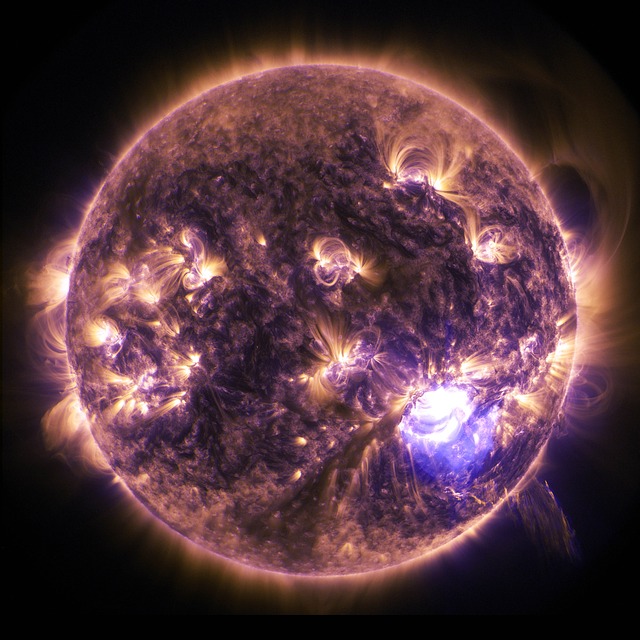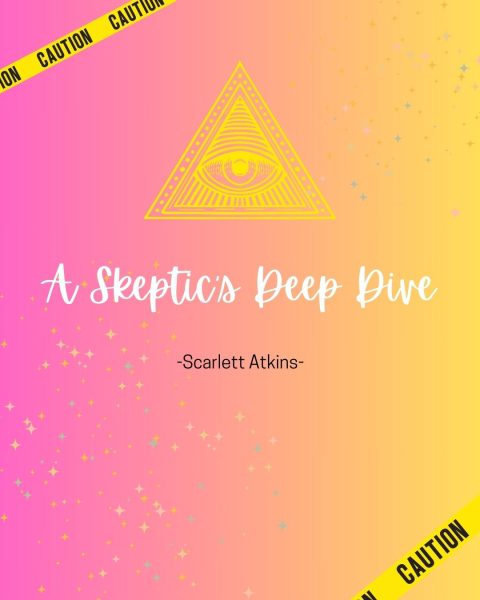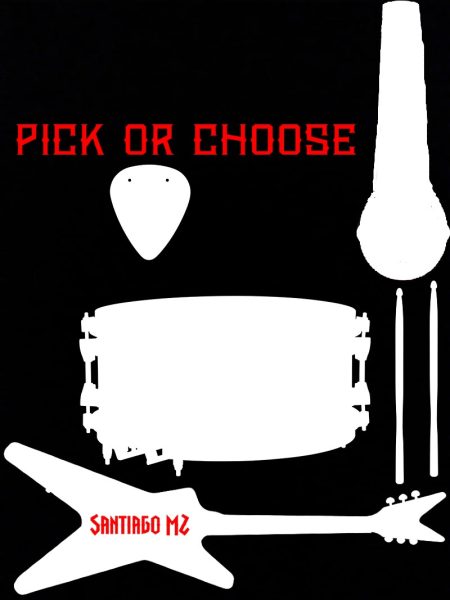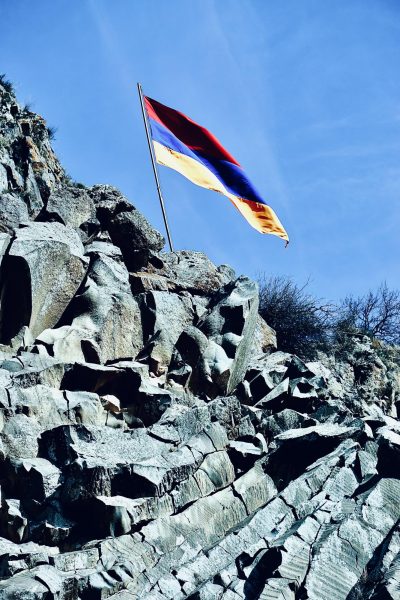19th-Century Teenage Astronomer Documented a Rare Solar Flare
Recently this October, Spanish astronomers have found old writings of a teenager who studied the sun.
In 1886, 17-year-old Juan Valderrama y Aguilar recorded a rare white-light flare that was blasting off the sun’s surface and casting a shadow near a sunspot in his note book. He was able to capture this by looking into a telescope while writing it down in his notebook. The Spanish Foundation for Science and Technology claimed that this was the third earliest recording of a sun’s solar flare. The first solar flare was recorded in 1859 by British astronomer Richard Carrington, and Italian astronomer Pietro Angelo Secchi recorded the second flare in 1872.
A white-light solar flare is when the sun’s magnetic-field lines twist and reconnect with so much energy that they produce visible light and bursts of plasma that, if they reach Earth’s atmosphere, may cause geomagnetic storms and disrupt telecommunications like satellites and GPS.
Sánchez Almeida and his fellow researchers at the Canary Islands Astrophysics Institute and the University of Extremadura, located Valderrama’s drawing. They saw that Valderrama’ recordings inspired him to become the director of the meteorological observatory of Santa Cruz de Tenerife, located in the Canary Islands, where he was born.
“[T]he white-light flare observed by Valderrama is, chronologically, the third one recorded in the history of solar physics,” José Manuel Vaquero, who is a lecturer at the University of Extremadura, said to Space.com











